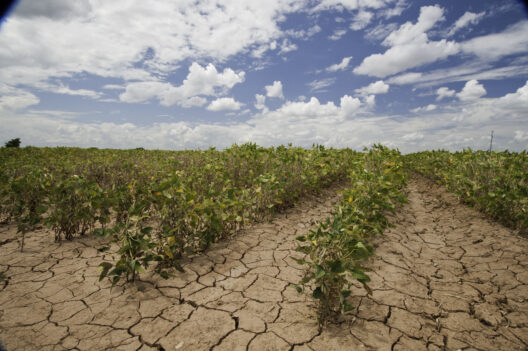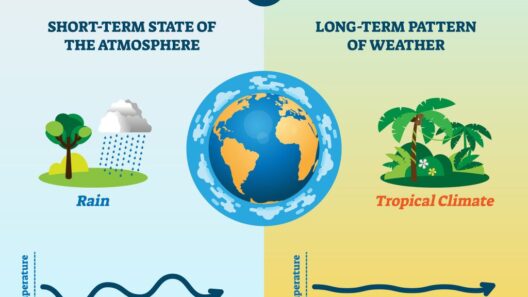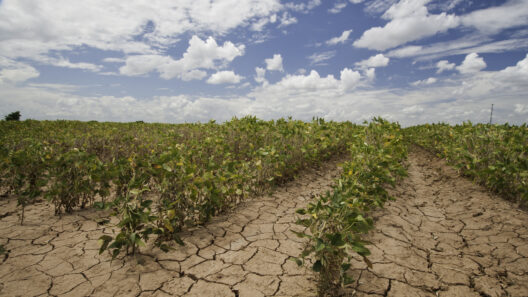On September 23, 2014, amidst a gathering of world leaders, politicians, and activists at the United Nations Climate Change Summit in New York City, renowned actor and environmental advocate Leonardo DiCaprio delivered a poignant and impassioned speech about the dire state of our planet. Engaging the audience with a heartfelt call to action, DiCaprio unveiled both the gravity of climate change and the pressing need for immediate, collective efforts to address this global crisis. But what if, despite the overwhelming evidence and impassioned pleas from influential figures like DiCaprio, the world remains stagnant on this pivotal issue? How can we galvanize a fragmented society into cohesive action against climate change?
To begin with, it is essential to understand the context surrounding DiCaprio’s speech. At this particular conference, the focus was squarely on acknowledging the solid scientific consensus regarding climate change. DiCaprio’s oratory was not merely a performance; rather, it was a clarion call founded upon the findings of climate scientists from various disciplines around the globe. He emphasized that climate change is no longer a distant threat; it is an immediate reality that is already manifesting through extreme weather events, rising sea levels, and devastating natural disasters. His admonition to the audience included the stark reality that, if unchecked, these factors would irrevocably alter the existence of life on Earth.
DiCaprio’s speech effectively highlighted the role of human activity in exacerbating climate change. He lamented the insatiable appetite for fossil fuels, which has driven much of the industrialization and economic advancement over the last century. The actor’s pointed criticism encapsulated the paradox of progress: while society has achieved remarkable technological advancements, these often come at the expense of the environment. As he urged the audience to re-examine their own connections to eco-destructive behaviors, it posed a challenging question: how do we reconcile our luxurious and modern lifestyle with the fundamental need for conservation? This inquiry lingers as a crucial consideration for the global community.
Moreover, DiCaprio elucidated the socio-political obligations of world leaders, emphasizing their pivotal role in crafting and enforcing comprehensive climate policies. He asserted that governments must implement robust solutions to transition toward sustainable energy practices, prioritize Green technologies, and invest in renewable resources. However, this raises a further quandary: how do we ensure that such policies are not only enacted but also adhered to and respected on a global scale? The disparity between industrialized nations and developing countries complicates this matter, as the former often bear historical responsibility for greenhouse gas emissions while the latter are disproportionately affected by climate change.
Furthermore, DiCaprio astutely pointed out that inaction is, in itself, a choice. He warned against complacency and parochialism, urging a collective response that transcends national borders. At this juncture, one might ponder: what structures can be put in place to facilitate such international cooperation? The answer lies in collaboration, education, and a re-envisioned global framework that prioritizes ecological integrity over short-term economic gain. Achieving this requires an array of stakeholders—including governments, non-profits, businesses, and individuals—to engage in a unified effort.
Significantly, DiCaprio’s address also encompassed the importance of grassroots movements. He recognized that authentic and sustainable change often begins at the community level. By empowering individuals to make conscientious choices, whether it be reducing carbon footprints, advocating for systemic reforms, or supporting local conservation initiatives, a profound impact can manifest. This concept begs the introspective question: how can each person contribute meaningful effort to combat climate change in their everyday lives? The possibilities are vast, ranging from adopting sustainable transport methods to advocating for climate education in schools.
Pivotal to this discourse was DiCaprio’s reaffirmation of hope. In the face of daunting challenges, he called for optimism and resilience. The advancement of technology offers potential pathways to ameliorate environmental degradation. Innovations in renewable energy—such as solar, wind, and geothermal—alongside advancements in carbon capture and energy storage, showcase the tangible tools at humanity’s disposal to mitigate the effects of climate change. However, for these developments to be effective, they must be widely accessible and embraced globally. This creates another challenge: how do we ensure equitable access to these technologies, particularly in marginalized communities?
In reflecting on DiCaprio’s impactful speech, it is imperative to acknowledge the call to urgent and sustained action. The array of challenges posed—ranging from social and political hurdles to questions of personal responsibility—collectively underscore a crucial truth: addressing climate change is multifaceted and requires concerted effort from all corners of society. To enact meaningful change, there must be an enduring commitment to climate awareness and accountability, not just from those in power, but from every individual.
As the conversation continues, society stands at a crossroads. Will we choose to heed the warnings and imbibe the lessons conveyed by advocates like DiCaprio, or will future generations be left to grapple with the consequences of our inaction? The answer hinges on the choices made today, as we navigate the complex landscape of climate action. In this collective endeavor, a unified vision for a sustainable future is essential. one built upon collaboration, education, and steadfast determination to protect our planet for posterity.






